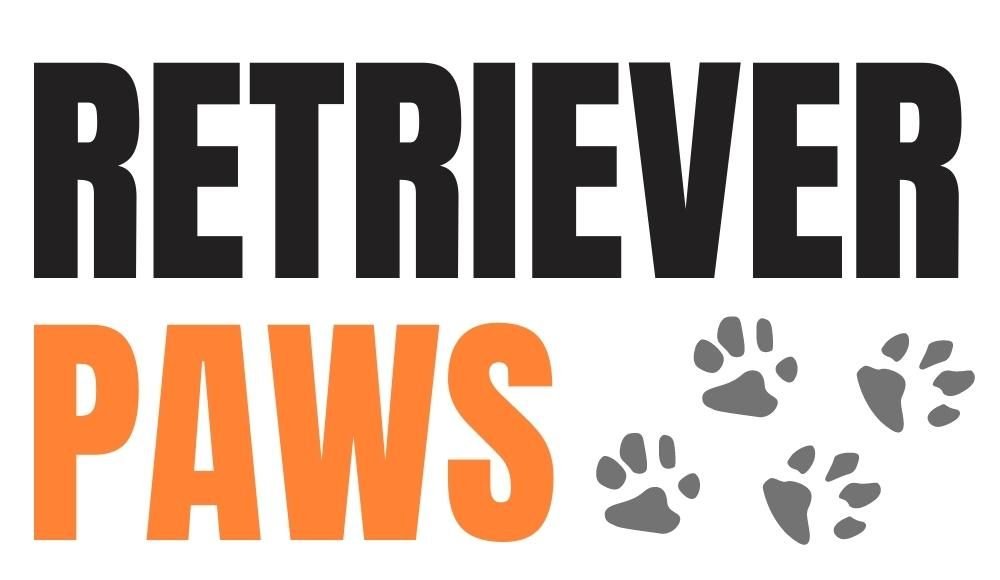Labrador Retriever is the most popular dog breed in the USA and worldwide. The breed is known for its fun-loving and affectionate nature.
Many people prefer smaller dogs due to the fact that small dogs take less space and are easy to maintain.

Labradors are large-sized dogs, but is it possible to get a small version of a Labrador (like a Miniature Poodle)?
Are there miniature Labrador Retrievers? Do they really exist?
Yes, there are miniature Labradors Retrievers. However, they are not officially recognized by major kennel clubs. Mini Lab is the outcome of dwarf Labs or Lab runts from different litters.
Dwarfism is a genetic condition in which the dog has shorter legs. Runts are tiny dogs from the litter. Due to lack of nutrition, Lab runts remain small even in adulthood.
Quick links to different sections
ToggleWhat is a Miniature Labrador Retriever?
Miniature Labrador is a Labrador with a genetic condition called dwarfism. It is not a separate breed. Miniature Lab exists because of the genetic disorder in the dog’s parents. Labs with dwarfism have shorter legs than standard Labs.
Unfortunately, many dog breeders use this genetic condition as an advantage. They use names like “Toy Labrador Retriever,” “Mini Labrador,” “Micro Labrador,” “Teacup Lab,” “Miniature Labrador Retriever,” and “Miniature Chocolate Lab” for advertisement.
What you need to remember is a small version of purebred Labs that some breeders advertise using fancy names (like Toy Lab, Teacup Lab, etc.) are either bred from dwarf Labradors or runts.
Let’s talk about it in detail:
How Are Short Labradors Made?
There are three ways breeders make short Labradors:
- Breeding from dwarf Labs,
- Breeding from runts, and
- Crossing with small breed dogs (like Poodle or Whippet)
Breeding from dwarf Labs
As mentioned above, dwarfism is a genetic condition. To make a small Labrador, what many breeders do is, they breed two Labs with dwarfism. Labs suffering from this condition have bent bones and shorter legs.
Two sets of genes that produce dwarfism in Labradors are SD1 (osteochondrodysplasia) and SD2 (skeletal dysplasia). Among these two, SD2 is the most common type of dwarfism.
Breeding from runts
A runt is the smallest pup in the litter. Runts are likely to remain small in their adulthood as well. Many breeders breed Lab runts of different litters to produce a small Labrador Retriever.
Although Lab runts are purebred and smaller than average Labs, like dwarf Labs, they aren’t healthy. They remain small in adulthood due to the lack of nutrition at a young age.
Crossing with smaller breeds
Another way to make a small Labrador is by crossing two healthy purebred dogs: a Labrador and a small breed dog. The small breed dog could be Poodle, Whippet, Corgi, or any other. Here are some popular small Lab mix breeds:
- Corgidor (Lab x Corgi)
- Miniature Labradoodle (Lab x Miniature Poodle)
- Whipador (Lab x Whippet)
- Beagador (Lab x Beagle)
After mixing a Lab with any small breed dog, we can get a miniature version of a Labrador. However, because it is crossed with another breed, we can’t call it a small version of a purebred Labrador. Also, it would take temperaments of both breeds (Labrador and the small breed dog it is crossed with).
How Miniature Labs are different from standard Labs?
A small Lab will consume less space and will be easy to maintain.
But, are there any differences between mini Lab and standard Lab?
If we compare both in terms of coat type, shedding level, grooming needs, temperaments, etc., there aren’t any differences between miniature Labs and standard Labs.
Like standard Labradors, miniature Labradors are also affectionate, sociable, people-pleasing, intelligent, easily trainable, and double-coated.
However, both are different in terms of height and weight. Miniature Labs are 2-3 inches shorter and weigh 20-40 pounds less than standard Labs.
Mini Labs remain small even in adulthood due to dwarfism or lack of nutrition in puppyhood. Therefore, they aren’t as healthy as standard Labs.
Should I buy a Miniature Labrador Retriever?
What people like about tiny Labs is they can have a fun-loving companion which demands lesser space and is easy to maintain.
They do take less space and are easy to maintain (compared to standard Labs), but it’s also important to understand that they are born with the health condition.
Does that mean a mini Lab doesn’t deserve a home to live?
No, I’m not saying that. You should not get a mini Lab if you can’t afford costly vet visits every month.
If you really want to get a mini Labrador Retriever and are ready to take care of it, it is advisable to avoid buying it from a breeder.
When we purchase it from the breeder, we indirectly encourage that breeder to keep producing more dwarf dogs and cash in money.
Instead, it is good to adopt it from a dog shelter.
Getting a Lab mix (a hybrid of a Labrador and a small breed dog) is also a good idea. This way, you can get a small version of a healthy Labrador Retriever. Before taking the pup to your home, check its medical tests.
Related Questions
What’s the height and weight of Miniature Labs?
The height of Miniature Labs ranges from 19 to 22.5 inches. In some cases of SD1 dwarfism, the miniature Lab can be as short as 17 inches. The weight of a mini Lab ranges from 35 to 50 pounds.
How long does a dwarf Lab live?
Dwarf Labs have a shorter lifespan as compared to standard Labs. Depending on the health condition of an individual dwarf Lab, the lifespan can range from 5 to 12 years. The lifespan of standard Labs is 10-12 years.
Do miniature Labs shed?
Yes, mini Labs do shed (just like standard Labs). They have double coats and their undercoat sheds all year round.
How are miniature labs different from standard Labs?
The only differences between the two are height and weight. In terms of temperaments, coat type, shedding level, intelligence, etc., mini and standard Labs are the same.
Are miniature Labs officially recognized?
No, miniature Labs are not officially recognized by any major kennel club like AKC (American Kennel Club).
Final Thoughts
Mini Labs do exist; however, breeders produce miniature Labs by breeding dwarf Labs or runts. This way, breeders market small Labs using fancy words like Toy Labrador, Micro Labrador, etc.
Getting a miniature Lab may not be a good idea because it suffers from more health conditions and has a short lifespan. But, if you can afford to pay costly vet bills, then you should adopt a mini Lab.
TRAIN YOUR CANINE! ⬇️
[adinserter block="1"]



